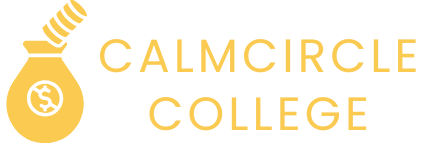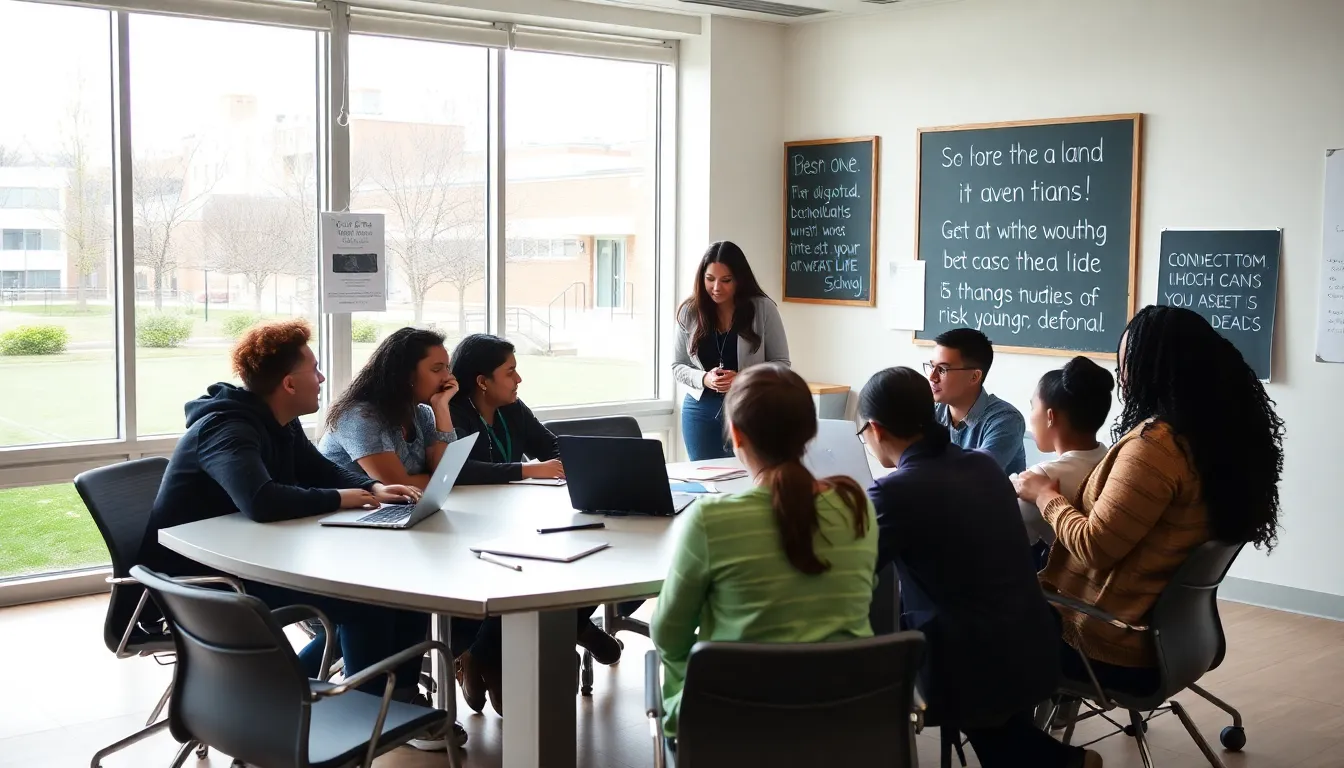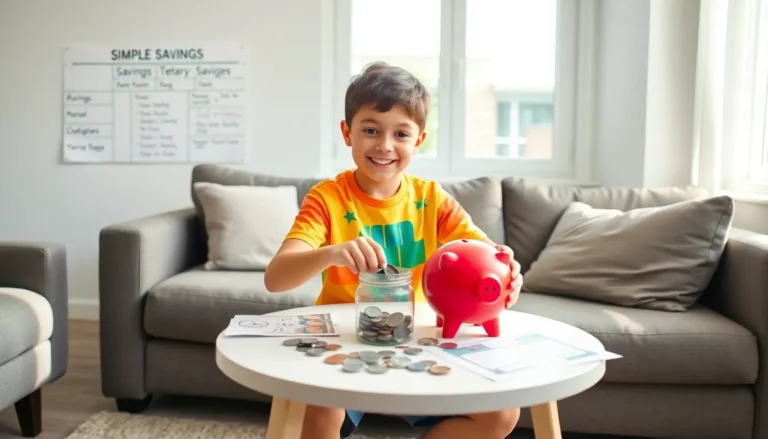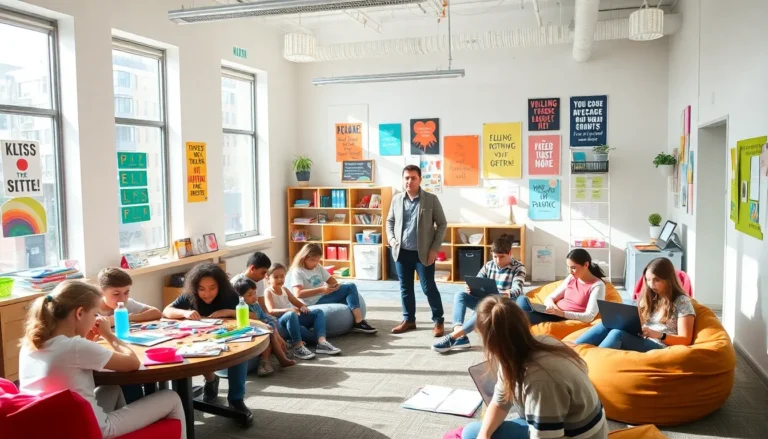Imagine a school system designed not just for discipline, but for transformation. It sounds like a lofty promise, doesn’t it? But that’s precisely what Disciplinary Alternative Education Programs (DAEPs) aim to achieve. These programs are often misunderstood, perceived as just a means of punishment. In reality, they are pathways toward better educational outcomes for at-risk students. Buckle up as we explore what DAEPs offer, clear up common misconceptions, and discuss future directions for these pivotal programs.
Table of Contents
ToggleUnderstanding Disciplinary Alternative Education Programs
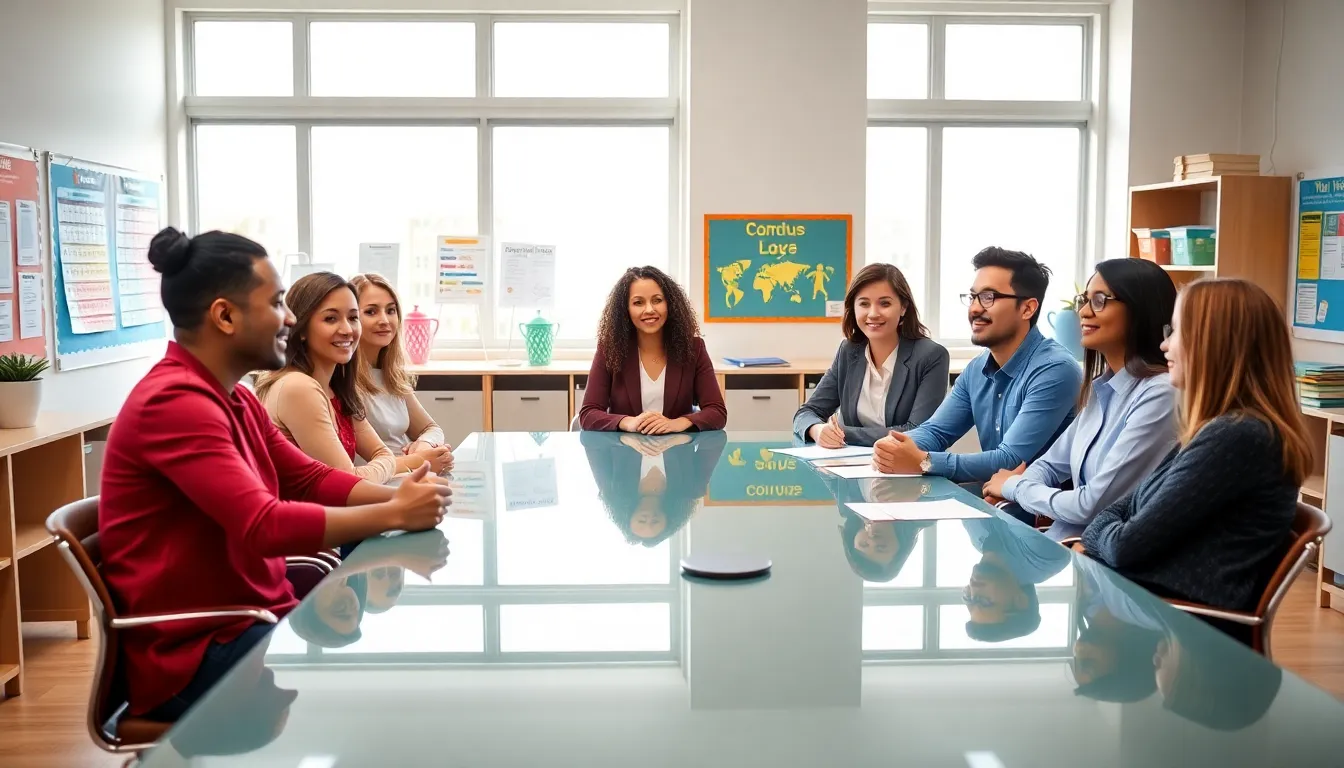
Disciplinary Alternative Education Programs (DAEPs) are specialized educational settings that serve students who have engaged in behavior that disrupts the learning environment. This could range from minor infractions to more serious issues like violence or substance abuse. The main thrust of these programs is to provide a structured, supportive atmosphere that fosters positive behavior and academic success.
Purpose and Goals of DAEPs
The primary goal of a DAEP is to modify students’ behavior while ensuring they continue their education. These programs aim to:
- Address behavioral issues through counseling and mentorship.
- Prevent students from falling further behind academically.
- Provide a safe environment for continuous learning.
- Reintegrate students into mainstream education while equipping them with the skills for better choices in the future.
Key Features of Disciplinary Alternative Education Programs
DAEPs incorporate several critical features to fulfill their purpose efficiently and effectively:
Eligibility Criteria for DAEP Enrollment
Not every student can enter a DAEP. Most programs have specific eligibility criteria, typically including:
- A confirmed history of behavioral challenges.
- An assessment by school officials highlighting the need for alternative education.
- Parental consent in many cases, which emphasizes the collaborative nature of addressing behavioral issues.
Also, students often need to demonstrate a willingness to participate in the behavioral programs and show commitment to change. This willingness is vital for their eventual success.
Common Misconceptions About DAEPs
When it comes to DAEPs, misconceptions run rampant. Many believe these programs are merely places where students are sent to do time for their actions, leading to a stigma that attaches itself to the students. But, a closer inspection reveals a nuanced truth.
Successful Implementation of DAEPs
Successful DAEPs focus heavily on rehabilitation rather than mere punishment. Programs often integrate:
- Academic courses tailored for individual needs, encouraging students to stay on track.
- Behavioral coaching that helps students identify triggers and develop coping strategies.
- Social-emotional learning components that nurture essential life skills.
By involving various stakeholders, teachers, counselors, and even parents, these programs strive for a supportive community that fosters growth.
Challenges and Limitations of Disciplinary Alternative Education Programs
Even though their noble intentions, DAEPs face several challenges that can undermine their effectiveness. Understanding these hurdles is crucial for improvement.
Some of the main challenges include:
- Resource constraints: Many programs operate with limited funding, resulting in inadequate facilities or staff.
- Stigmatization: Students in DAEPs often carry a stigma that can affect their mental health and willingness to engage positively in the program.
- Transitional barriers: After completing their program, students may struggle to reintegrate into their original schools due to lingering prejudices or lack of support.
Future Directions for DAEPs
Looking ahead, it’s imperative to innovate and adapt DAEPs to meet changing educational landscapes and student needs. Potential future directions could include:
- Incorporating technology for personalized learning experiences, such as online courses that allow students to pace their education according to their specific needs.
- Building stronger partnerships with mental health professionals to provide holistic support.
- Creating community engagement programs that work closely with the student’s home environment, making transitions smoother.
By adopting these strategies, DAEPs can transform into valuable educational resources that support not just behavioral correction but genuine personal growth.
